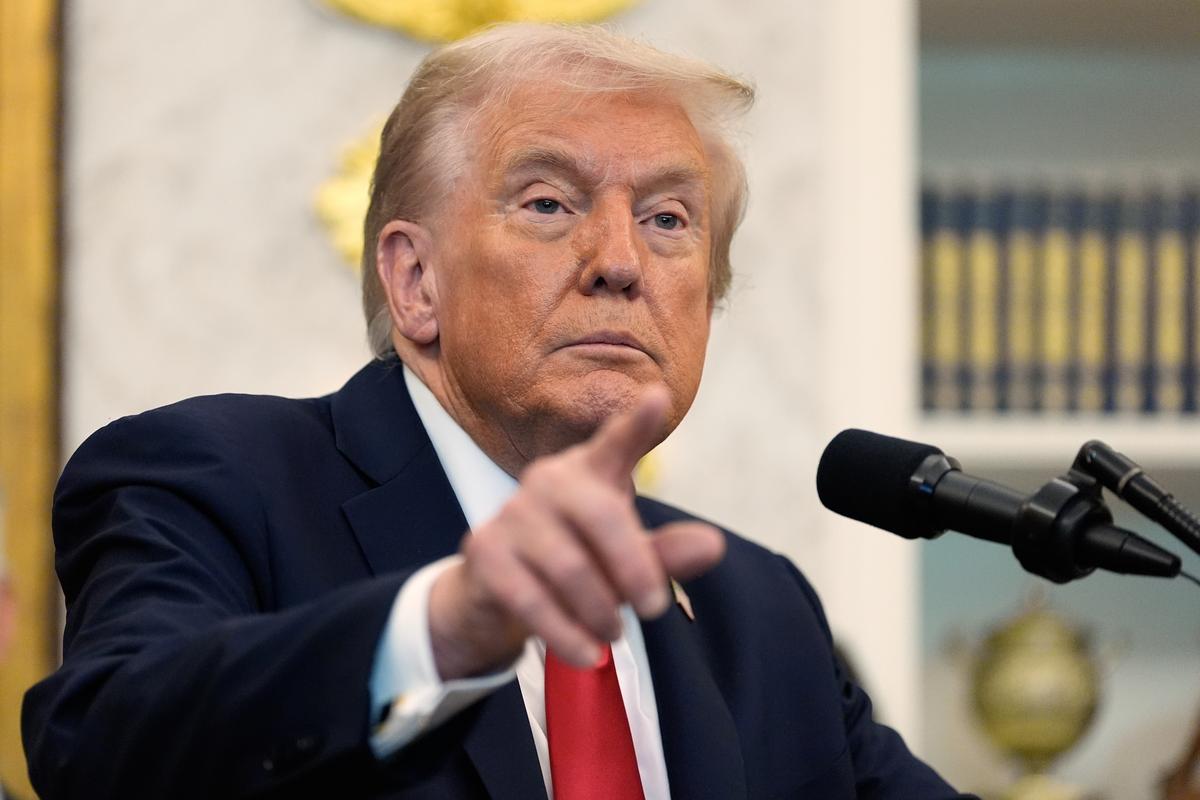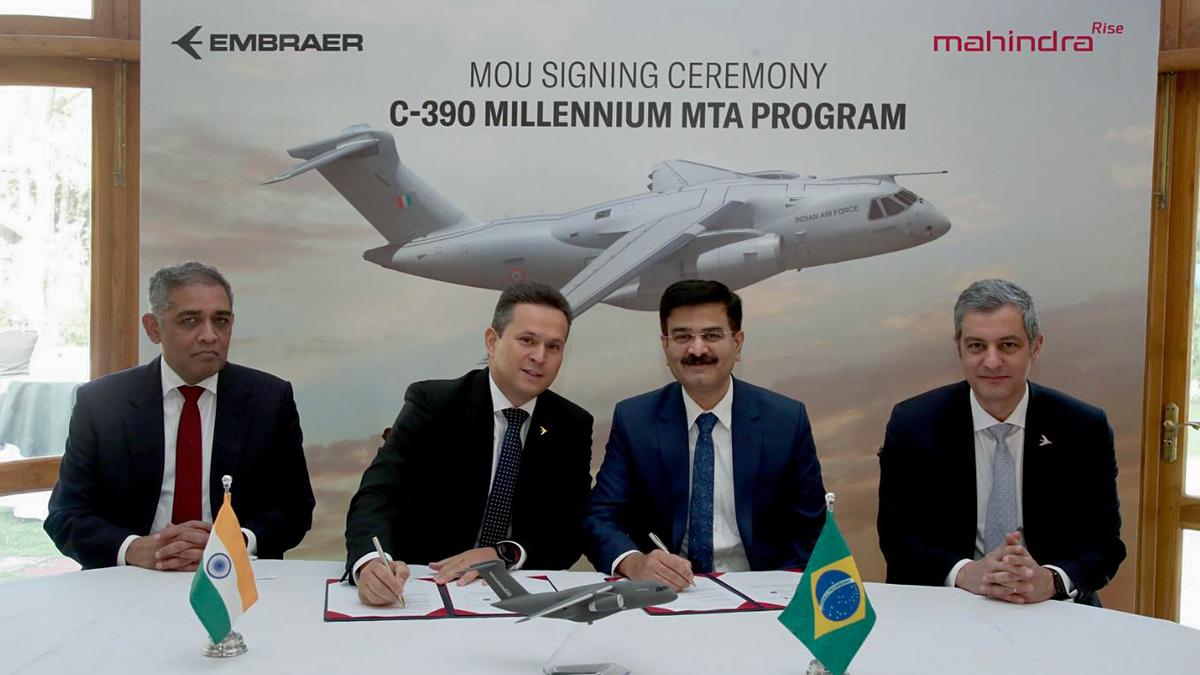Seamless travel between different modes of public transport in Chennai is round the corner. The ‘Chennai One’ mobile application, developed by the Chennai Unified Metropolitan Transport Authority (CUMTA), will allow commuters to use a single pass across transport systems. It will be launched by Chief Minister M.K. Stalin on Monday. In the works for long, the application has been developed by integrating the digital ticketing platforms of the Chennai Metro Rail and suburban trains — including the Mass Rapid Transit System — along with the electronic ticketing system of the Metropolitan Transport Corporation (MTC). Commuters will be able to travel in all the three modes of public transport using the application. They will no longer have to download different mobile applications or carry different smart cards.

Insights from a study
‘Chennai One’ is based on insights gathered from a study, titled ‘Journey Planner-cum-Integrated Ticketing in Chennai Metropolitan Area’. Officials say this application will be the first of its kind in the country, integrating three different modes of public transport, while giving the option of finding the cheapest and fastest mode of transport available, drawing from even private travel aggregators, if necessary.
CUMTA Member-Secretary I. Jeyakumar says that while digital ticketing systems are available for Metro Rail and suburban trains of Southern Railway, a new digital ticketing system has been developed for the MTC as part of this mobile application. The ticketing system involves integration of the application with the Unreserved Ticketing System (UTS) of the Indian Railways. It will be maintained by the Centre for Railway Information System (CRIS). “Once the MoU is signed, the digital application will be tested for errors so that commuters can have seamless and hassle-free travel.” Mr. Jeyakumar says several inputs have gone into fine-tuning the application, which will cover more than 6,000 bus stops (latitudes and longitudes), 650 bus routes, and the nearly 3,500 buses of the MTC fleet.

“Once the MoU is signed, the digital application will be tested for errors so that commuters can have seamless and hassle-free travel ”I. JEYAKUMARMember Secretary, CUMTA
In a study done before commissioning the integrated ticketing system, the CUMTA found nearly 47 lakh commuters using the different modes of public transport in the city every day, with the three major modes of travel — the MTC, Southern Railway, and Metro Rail — having a common distance-based fare system. While the MTC and Metro Rail, which are State-owned transport bodies, have found convergence in recent months through a common mobility card called ‘Singara Chennai’, suburban trains use an independent digital ticketing system of the UTS. The MTC, having recently launched digital ticketing through the Unified Payment Interface (UPI), has been clocking nearly one lakh digital transactions daily through electronic ticketing machines.
Fare integration is the future forward
While the CUMTA is coming out with the common digital ticketing mechanism, transport activists insist that a common fare denomination mechanism will be more attractive for commuters to use public transport. Sivasubramaniam Jayaraman of the Institute for Transportation and Development Policy (ITDP) says digital transactions are the future and with the CUMTA having developed a common ticketing mechanism, fare integration is the way forward.
Transport activists point out that the fare structure for all modes of public transport is based on distance, with minor changes reflecting passenger amenities. Hence, a common fare mechanism should be put in place for the commuters to use public transport for longer-distance travel in different modes.
CUMTA Member-Secretary I. Jeyakumar says the first phase of the common ticketing project is the medium integration of Metro Rail, suburban trains, and MTC buses, and fare integration will be done in the final phase. He adds the future is not far ahead for commuters to travel hassle free by using the CUMTA’s integrated ticketing application.
Transport activists insist that a common fare denomination mechanism will be more attractive for commuters to use public transport
According to the data, nearly 35 lakh passengers use MTC buses, nine lakh use suburban trains and three lakh ride Metro Rail services daily. Comparing the unified ticketing mechanism available in Mumbai and Bengaluru, where commuters could travel only on bus and Metro Rail using a mobile application, the CUMTA would roll out a wholesome integrated system, for the first time in the country, through the ‘Mobility as a Service (MaaS)’ mechanism aimed at providing last-mile connectivity, he says.
The MaaS tool developed by the Ministry of Housing and Urban Affairs, in collaboration with German agency GIZ, evaluated five major indicators: travel behaviour, system integration, policy readiness, market potential, and data availability for ticketing system integration of independent public transport operators (PTOs). To assess the use of automatic fare collection (AFC), cashless ticket systems, and inter-modal options, the CUMTA did a readiness survey among the PTOs. It found that the Chennai Metro Rail was the only operator that had implemented all the three systems. Southern Railway did not implement two systems (AFC and inter-modal options) and the MTC was not familiar with any of these systems.
The CUMTA also carried out a multi-PTO workflow study, involving a passenger travelling from Ennore to Guduvancheri using the three modes of public transport — taking a suburban train from Ennore to Central (₹5), the Metro Rail from Central to Airport (₹40), and an MTC bus from Airport to Guduvancheri (₹31) using the QR code mechanism. The study also generated management information system (MIS) reports of the various steps for smooth and seamless travel on all the three routes.
Railway Board’s green signal
For the ticketing system, the CUMTA conducted a market study by roping in private and government players, including the CRIS, Chartr, and IIT-Madras, to understand the capital and operational expenditures required for deploying the integrated ticketing system. After this, the only hurdle for the CUMTA to implement the common ticketing mechanism was bringing on board the Railways’ UTS, for which the Railway Board gave the green signal through a letter in September 2023. “Ticketing is no longer a simple part of the public transport experience. It is what enables freedom of movement across modes and borders,” the UITP, or International Association of Public Transport, highlighted in one of its reports some years back. From London to Singapore, cities across the world had adopted unified ticketing decades ago, resulting in significant ease of commuting. For instance, the UITP report indicated that when the number of travellers rose sharply in the 1990s, Transport for London (TfL) introduced the Oyster card; by 2013, payment for more than 85% of all rail and bus rides were made through it.
This is the kind of paradigm shift that Chennai is poised to witness once the CUMTA launches the single ticketing mobile application, wherein a single QR-code ticket would be sufficient to travel on Chennai Metro Rail, MTC buses, and suburban trains. With the National Common Mobility Card (NCMC) or the Singara Chennai Card already in place and commuters using MTC buses and Metro Rail with the help of these cards, the CUMTA’s mobile application will only enhance commuting.
According to CMRL officials, they witness a lot of MTC commuters using the Metro Rail network and vice versa. “While we cannot gauge the exact number of passengers at this point, based on user feedback, we know that after the NCMC launch, we see those using MTC buses take our system. Similarly, a single QR-code ticket for all modes of transport will be of great convenience to passengers. This is because if they travel from point A to point C, the application can be a journey planner, and will help them identify modes of travel. They wouldn’t mind switching modes, too, because one single ticket is available,” an official says. Urban planners say this will ease access and, in the coming years, could persuade more city residents and tourists visiting the city to use public transport for commuting.
Saving travel time
Smritika Srinivasan, an urban planner, says cities such as London, Singapore, and others in Europe initiated a single ticketing system in the form of contactless ticketing cards for users of public transport. “But these physical smart cards need to be used by other apps, like ‘TfL Go’ in the case of London, which is used for journey planning and live updates of public transport routes. These cards have been easy to use. A tourist will not have the stress of having to navigate ticket-purchasing for different modes, thereby saving travel time. London’s Oyster cards and Singapore’s EZ Link cards also have discounted fares for those who use the services, making it an economically preferred option too, in addition to the ease of use,” she says.
Ms. Srinivasan says behavioural science studies show that addressing crucial touch points is critical: the decision to use public transport is heavily dependent on how easy it is to plan the trip, how many times one needs to figure out ticket-purchasing and also how many times people need to interact with others to get information. “Autos are an important component of Chennai’s transport fabric in addressing the first- and last-mile connectivity and it is great to see that the application has taken this into account,” she adds.
Shreya Gadepalli, urban planner and founder of Urban Works Institute, says the launch of this application is a step in the right direction. But more needs to be done in terms of physical integration. “While a single QR ticket through this application could benefit many, we must understand that a physical smart card in this regard should be launched. Else, the NCMC or Singara Chennai Card should be made accessible in the other modes of transport such as suburban and MRTS trains. This is because we still have a very large population which is not so tech-savvy as to be able to buy a single ticket through the application. They could use the NCMC. Hence, this card should be equally pushed by the authorities,” she says.
Ms. Gadepalli says that if this physical card is linked to a number and an individual, targeted subsidies can also reach people. “For instance, women have free travel in some MTC buses. Similarly, if the government is going to bring in more such schemes for the low-income group or subsidised travel for a certain section of the population, a physical card will be greatly helpful,” she adds.
Lacunae in the system
She says there are lacunae in the city’s transport system. Be it accessibility to a bus stop or a suburban, Metro or MRTS station, integration of modes of transport, the frequency of services, or the signage directing commuters to a station, there are issues. “I’m glad that we have a functional CUMTA, unlike many other States, and such initiatives are coming up. But to get more people to use public transport, much more needs to be done,” she adds. Further, making the entire bus fleet air-conditioned will ensure that everyone gets high-quality public transport, Ms. Gadepalli says.
“This project will be more impactful, and it is also possible to draw people to public transport in future with such initiatives, provided the city continues to prioritise investments in public transport by increasing the frequency of public transport services, addressing first- and last-mile connectivity, and improving the public transport infrastructure,” Ms. Srinivasan adds.



